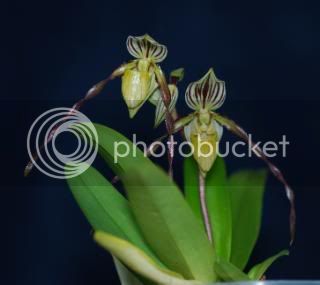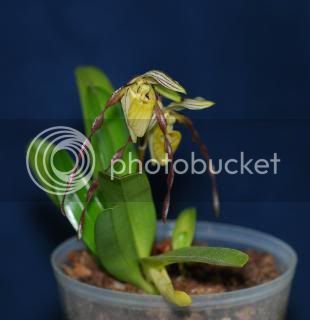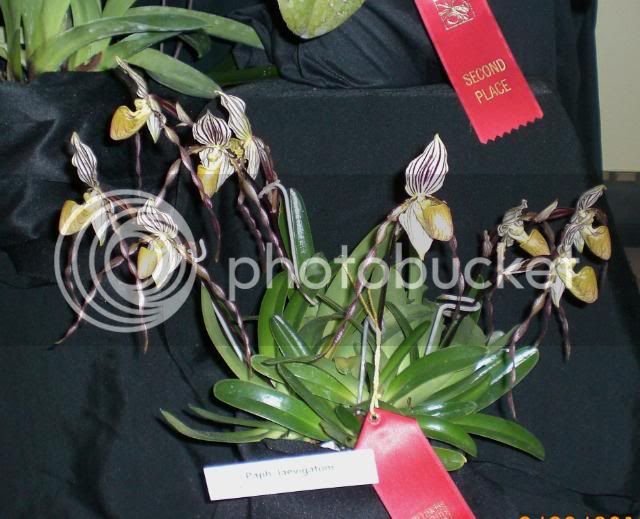Hi Lance,
No offense taken,
you are right about the difference between the reality of what nature provides versus what the "Taxonomists" declare from on high. What I am reading this week ties right in. The current state of taxonomy suffers from what R. Dawkins in his book "The Greatest Show on Earth, the Evidence for Evolution" pub. 2009 says is the adherence to "Essentialism". That there is this "ideal standard", and nature (in this case
philippinense) varies from this ideal. Instead, taxonomists should be approaching it from the other side, looking at what nature provides in a population of organisms, with all its variation, but also with certain similarities and from that create the definition of that species. The taxonomists need to find a way to conceptually describe populations, with all their variables, rather than refer to a single type specimen. A tough problem, that according to Dawkins, originates with Plato's view of the natural world. I need to finish Dawkin's book to make sure I did not miss the point. But at least I think I understand where you are coming from.
So given that, I am in 100% agreement with you on the nature of the problem.
There is one problem that you are intuitively in tune with, due to your travel and experience collecting these plants in the wild, that I was trying to point out with this post. When in the US, or Europe or anywhere, looking at a plant in somebody's garden, if the collection location, or the provenance that leads back to a specific collection location can not be determined, it is guess work at best making judgments about subspecies and geographic races in plants like
philippinense. Assigning a
scientific taxon to captive bred, seed raised plants without provenance of parentage is guess work at best. Hence my comment about the name
laevigatum being a "horticultural term" instead of a scientific term, especially when it is thrown around at any compact growing
philippinense. I saw some
philippinense once from Samar Island that had leaves no longer than 4 inches and flowers somewhat similar to, but smaller than the Palawan Island race, with only one flower per inflorescence. Alas, the couple plants I saw were not mine, and I do not believe they exist anymore. That grower has downsized his collection and they may have been one of the casualties.
The biggest shame is that for most of our wondrous plant collections, the single most important detail needed to sort out the issues of what to call what, is lost. Very few plants in cultivation have provenance citing their specific collection location. If you don't know where it came from, you can't say anything about what population the plant is a representative from. Seed raised species are a particular problem because unless the provenance of the parents is preserved, they may be a hybrid of what in nature would be isolated gene pools. Without the where, it is hard to determine the what. In the case of this thread, this plant is a seedling from two differnt parents. Assigning the geographic origin based name of
palawanense is guess work without knowing the history of the parents. Are they from Palawan? or is one parent an unusually small growing variant of the normally large form from say Luzon? One really can't say one way or the other without collection location information.
I do admit there is such a thing as a "useful approximation". I would also say that your guess to what population this plant may represent is very likely the right one.

I really need to just relax, and assume all discussion here on ST is to be viewed from the eyes of a horticulturist, and that when a taxonomic term is incorrectly applied, the interpretation should be that the attempt is to describe a horticulturally significant feature. Horticulture and Taxonomy may intersect at times, but they have different language and different goals.
I really was not trying to give Rose a hard time, I actually sent her a private note before my second comment assuring her that this is not a personal beef. :evil: She's been to my house & has seen my plants. She knows I'm mostly harmless. So I'm not really arguing with you Lance, or Rose, I'm just a friend grumbling about the use and mis-use of terms. A crime that I, myself am regularly guilty of.



























